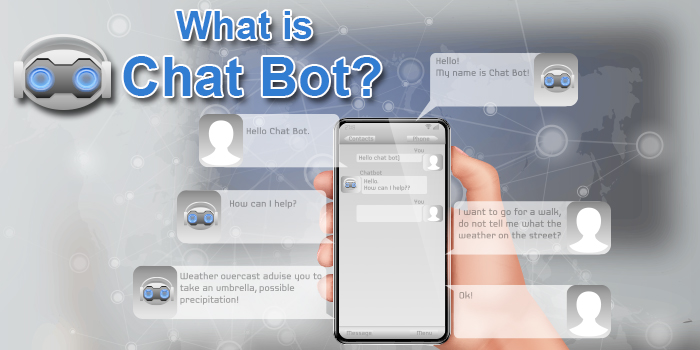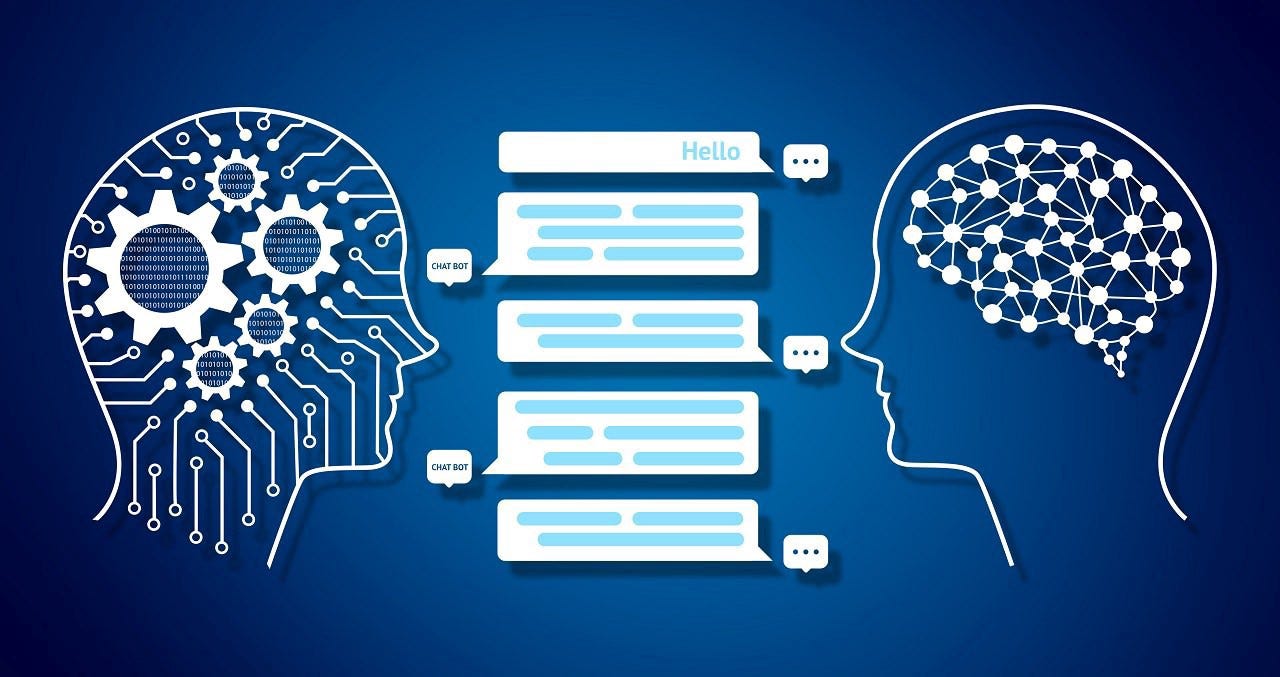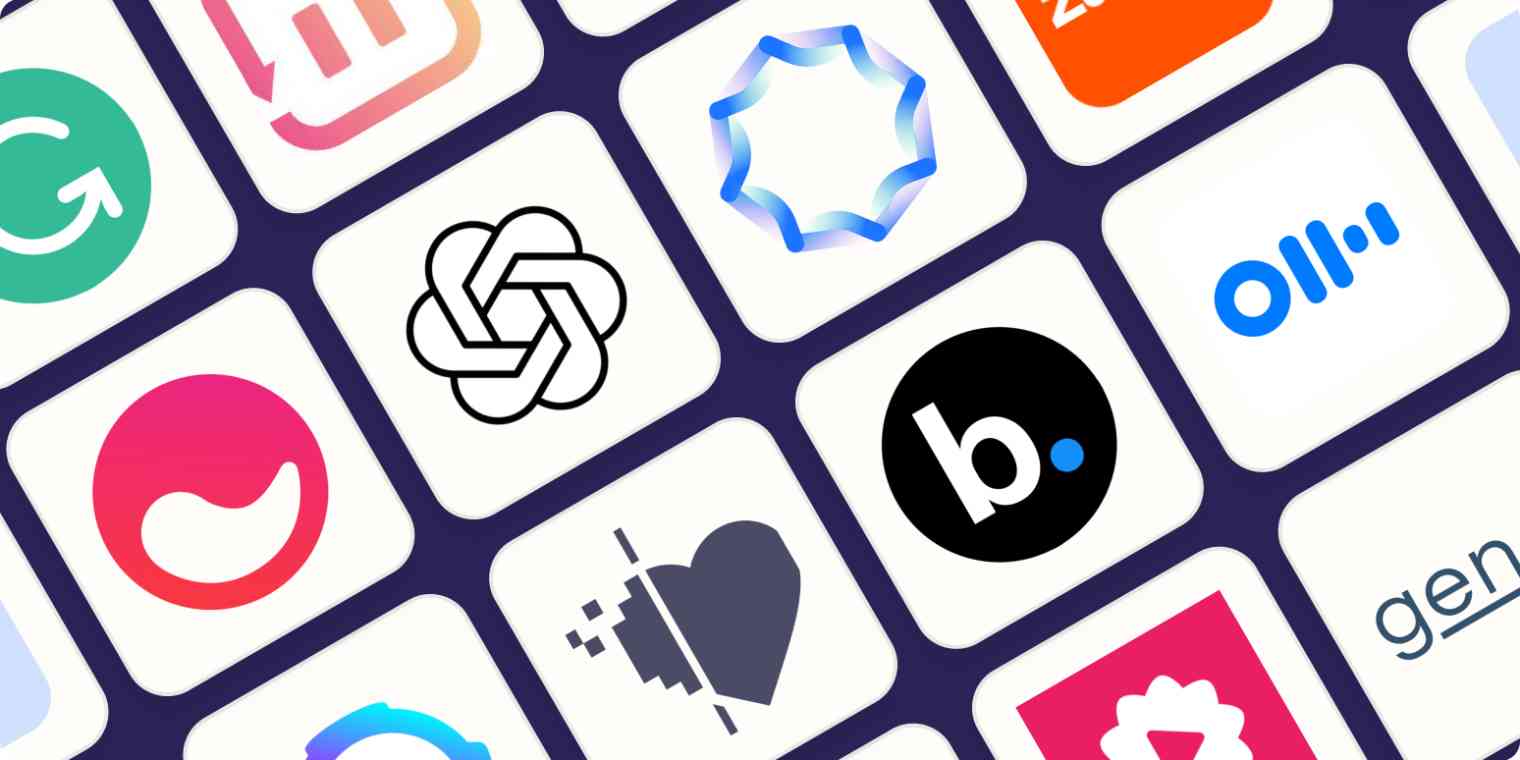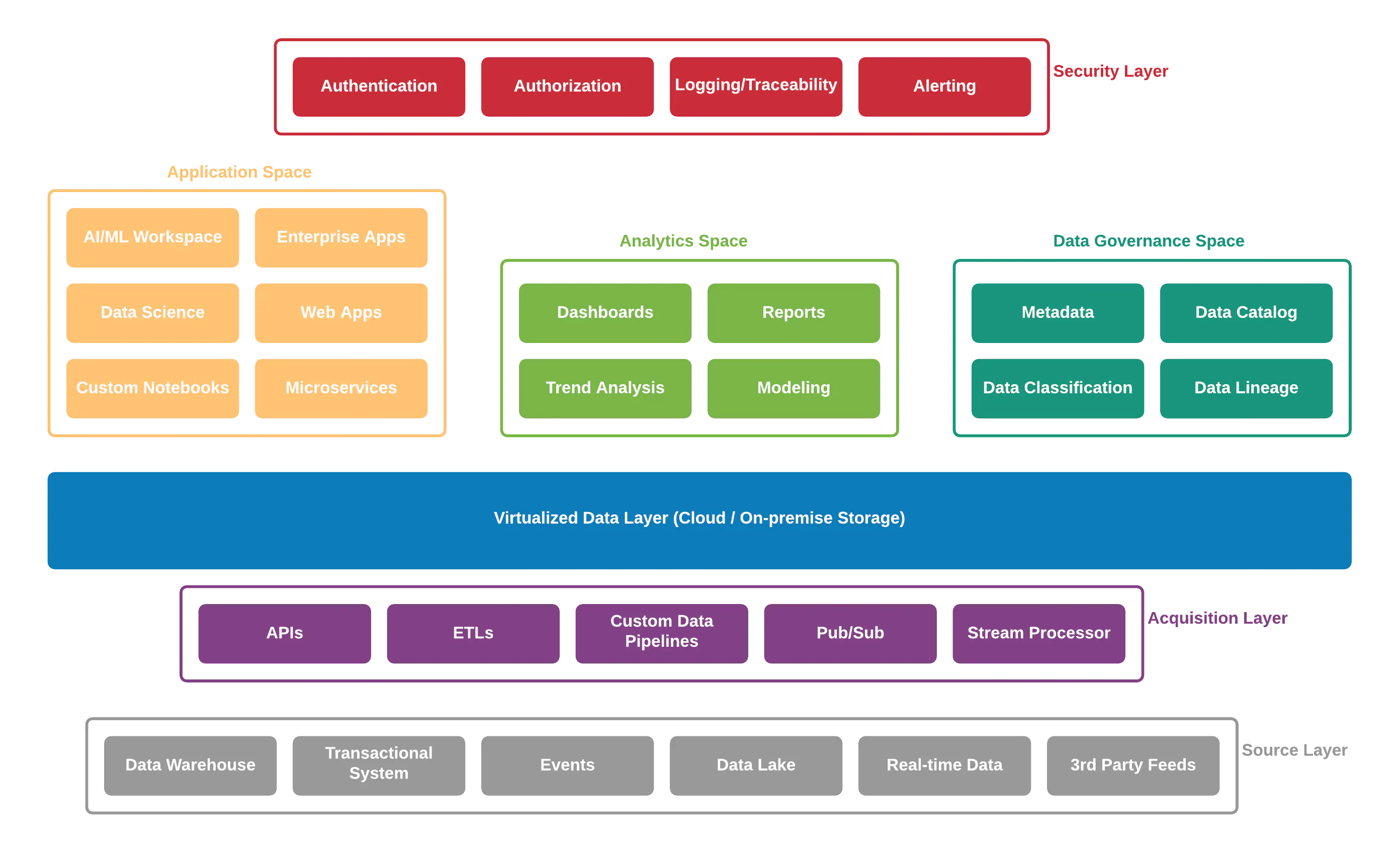Chatbot vs Conversational AI Chatbot: Understanding the Differences
- Potter Le
- 0 Comments
If you’ve heard terms like “chatbots” and “conversational AI chatbots” in the tech world, you might wonder what sets them apart and how they can benefit your business. Let’s discover the distinctions between chatbot vs conversational AI chatbot. This informative comparison explores their unique features, use cases, and capabilities.
I. Demystifying Chatbot and Conversational AI Chatbot
1. Overview of Chatbot and AI Chatbot (Conversational AI)
Chatbots are computer programs created to imitate discussions with human users, primarily conducted online. They come in two primary types: rule-based and AI-based. Rule-based chatbots rely on predefined rules and keywords to generate responses. In contrast, AI-based chatbots use machine learning (ML) and natural language processing to engage in more human-like conversations.
Conversational AI, on the other hand, refers to technologies capable of recognizing and responding to speech and text inputs in real time. These technologies can mimic human interactions and are often used in customer service, making interactions more human-like by understanding user intent and human language.
2. What is a Chatbot?
A chatbot, or internet bot, is a computer program that simulates human activity, automating specific tasks without requiring constant human guidance. Chatbots utilize artificial intelligence (AI) to mimic human conversations, but their capabilities may be limited to particular questions or simple tasks.
Types of Chatbots: Chatbots come in two main categories: rule-based and AI-based. Rule-based chatbots operate using predefined rules and follow decision-tree models to respond. AI-based chatbots are more advanced and can learn from user interactions, leveraging machine learning to improve their responses over time.

Tasks Handled by Chatbots: Chatbots have many applications, making them valuable business tools. They can enhance customer service, sales, and marketing efforts. For instance, chatbots offer personalized customer experiences, answer frequently asked questions, book appointments, track orders, and provide product recommendations.
Some advanced chatbots even incorporate sentiment analysis to gauge customer emotions, allowing for better customer satisfaction management.
3. What is a Conversational AI?
Conversational AI encompasses a broader range of technologies beyond chatbots. While chatbots are a subset of conversational AI, not all use conversational AI technology. This distinction arises because some chatbots, like rule-based ones, rely on preset rules and keywords instead of conversational AI.
Technologies Used in Conversational AI: Conversational AI employs innovative technologies, including speech recognition and machine learning. Speech recognition enables interactions through voice commands, while machine learning allows the AI to learn from past interactions, improving its understanding of user intent and enhancing its responses.

Handling Complex Requests: Conversational AI understands complex requests involving multiple inputs and outputs. Unlike rule-based chatbots, it can manage intricate inquiries by drawing from extensive training data, making it adept at replicating human interactions. In customer service, conversational AI can engage with customers more human-likely, handling simple queries and freeing up human agents for more complex issues.
Explore our AI/ML services:
II. Key Differences Between Chatbot vs. Conversational AI
In artificial intelligence, distinguishing between chatbots and conversational AI is essential, as their functionalities and sophistication levels vary significantly.
Chatbots are rule-based systems that respond to text commands based on predefined rules and keywords. They excel at straightforward interactions but need help with complex queries and meaningful conversations.
Conversional AI, however, takes user interactions to a higher level. It employs natural language processing, speech recognition, and machine learning to understand context, learn, and improve over time. It can handle voice interactions and deliver more natural and human-like conversations.
The level of sophistication determines whether it’s a chatbot or conversational AI. Basic chatbots operate on pre-established rules, while advanced ones utilize conversational AI for understanding, learning, and replicating human conversations. Additionally, conversational AI can be deployed across various platforms, enabling omnichannel communication.
III. Practical Applications of Chatbot vs. Conversational AI
Chatbots and conversational AI play vital roles across various industries, transforming customer service, sales, and more.
Both technologies find widespread applications in customer service, handling FAQs, appointment bookings, order tracking, and product recommendations. For instance, Cars24 reduced call center costs by 75% by implementing a chatbot to address customer inquiries.
Conversational AI extends its capabilities to data collection, retail, healthcare, IoT devices, finance, banking, sales, marketing, and real estate. In healthcare, it can diagnose health conditions, schedule appointments, and provide therapy sessions online.
Deploying chatbots and conversational AI offers several advantages:
- Workload Reduction: These technologies automate repetitive tasks, allowing human staff to focus on complex issues.
- 24/7 Service: They provide round-the-clock customer support, enhancing satisfaction.
- Personalization: Chatbots and conversational AI offer personalized recommendations based on user feedback, improving marketing effectiveness and conversion rates.
For real-life Examples: Chatbots and conversational AI are integral to various aspects of daily life. E-commerce sites use them for customer inquiries, order tracking, and delivery updates. In healthcare, they assist in diagnosis and therapy sessions, reducing stress in healthcare settings.
IV. Looking Ahead: The Future of Chatbots and Conversational AI
The digital landscape is ever-evolving, and chatbots and conversational AI are poised for remarkable growth.
Chatbot Market Projection: Chatbots have already established themselves across industries and are expected to continue growing. The global digital chatbot market is projected to surpass $100 billion by 2028. Their ability to enhance customer experience and business efficiency drives this growth.
Advancements in Conversational AI: Conversational AI technology continues to progress. Conversational AI is estimated to generate approximately $12 billion in retail revenue in 2023 alone. Future advancements may include improved user intent recognition and better human language comprehension, driven by deep learning algorithms and extensive training data.
Businesses will gain valuable insights from interactions, enabling them to enhance future customer engagements and drive satisfaction and loyalty.
Chatbot and conversational AI will remain integral to business operations and customer service. Their growth and evolution depend on various factors, including technological advancements and changing user expectations.
Learn about Generative AI:
Conclusion: Chatbot vs AI Chatbot – Which Solution is Better for Your Business?
Chatbots and conversational AI, though sharing a goal of enhancing customer interaction, differ significantly in complexity and capabilities. Consider your objectives, resources, and customer needs when deciding between them.
A rule-based chatbot is suitable for handling basic inquiries, automating repetitive tasks, and reducing costs. In contrast, conversational AI offers a more personalized and interactive experience, enhancing customer satisfaction, loyalty, and business growth. However, implementing conversational AI demands more resources and expertise.
In conclusion, whenever asked, “Conversational AI vs Chatbot – which one is better,” you should align with your business goals and desired level of sophistication in customer interactions. Careful evaluation of your needs and consideration of each technology’s benefits and challenges will help you make an informed decision.
Ready to explore the possibilities of AI-driven customer interactions? Discover how our Artificial Intelligence Development & Consulting Services can revolutionize your business. Learn more at TECHVIFY Software. Harness the potential of AI to transform your customer experiences and drive innovation.
TECHVIFY – Global AI & Software Solution Company
From Startups to Industry Leaders: TECHVIFY prioritizes results, not just deliverables. Accelerate your time to market and see ROI early with high-performing teams, AI (including GenAI) Software Solutions, and ODC (Offshore Development Center) services.
- Email: [email protected]
- Phone: (+84)24.77762.666





